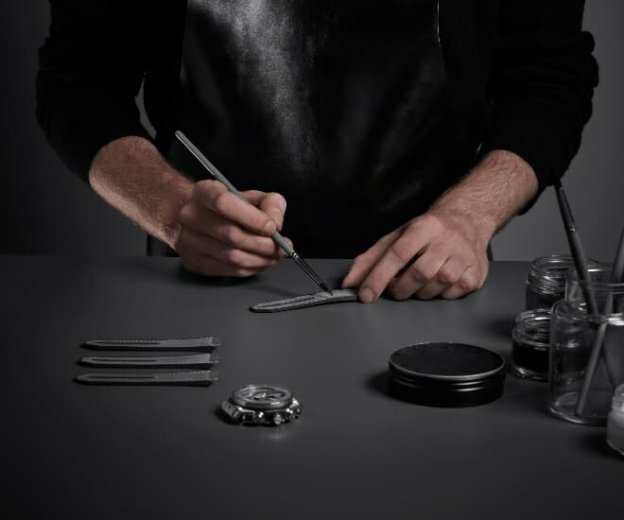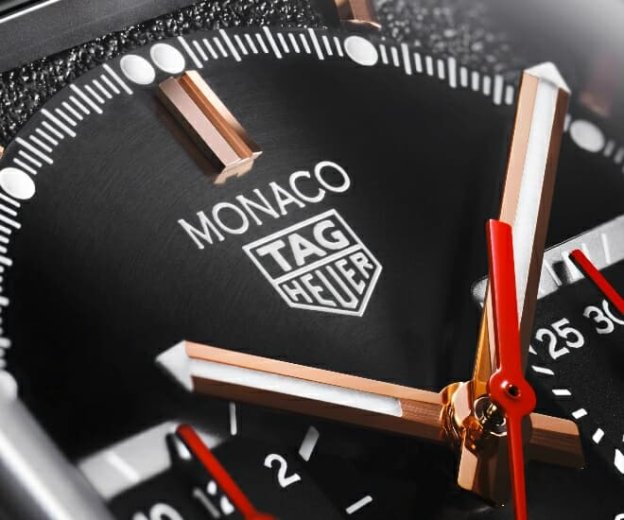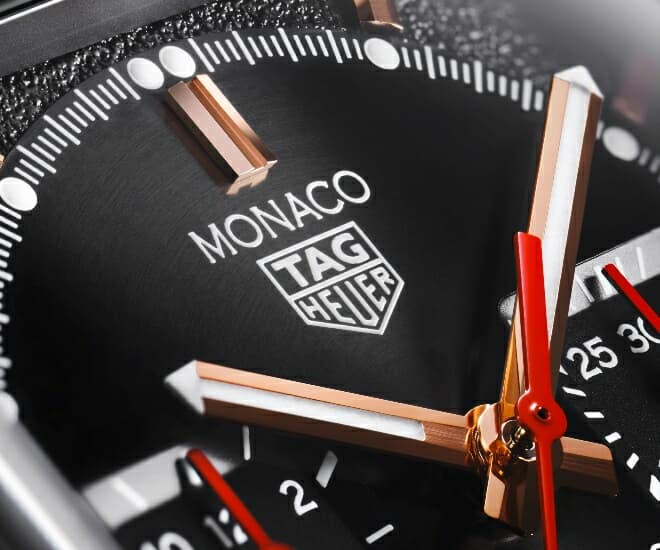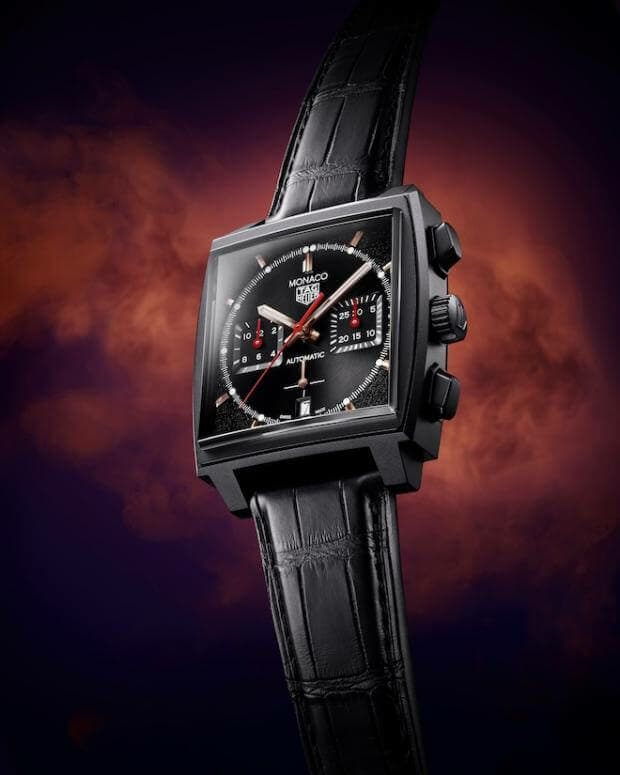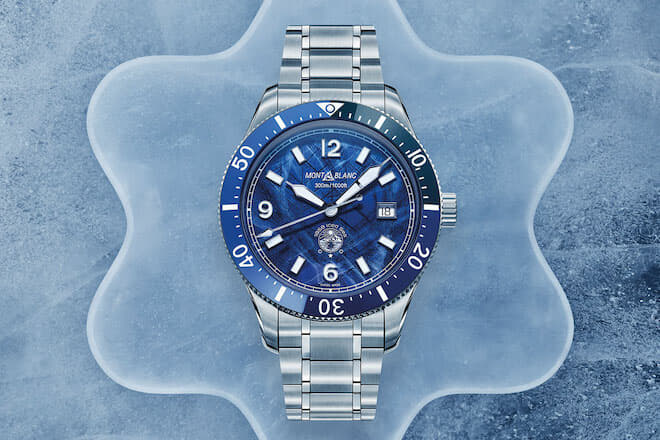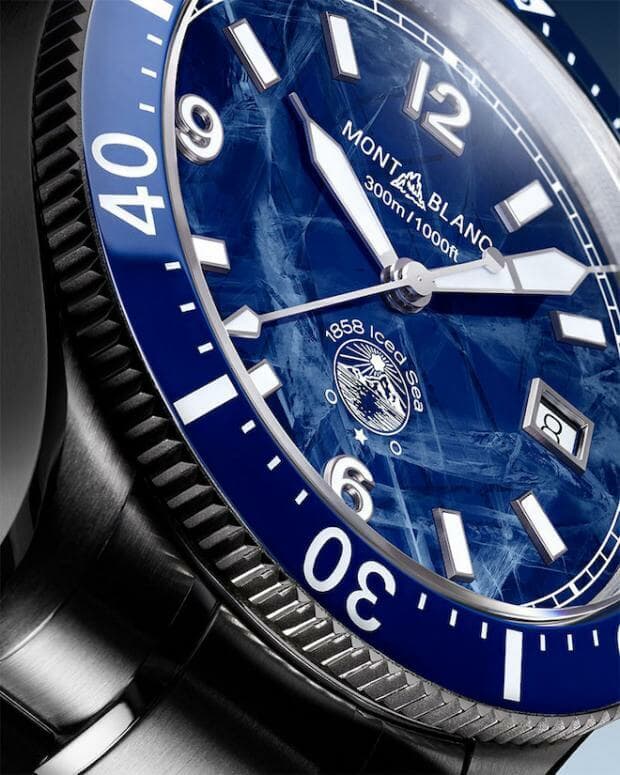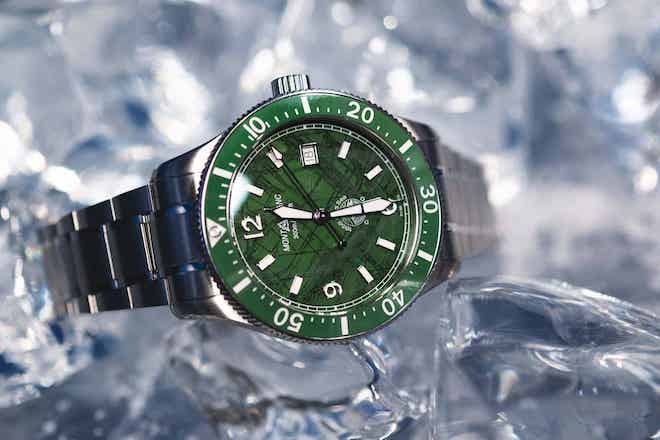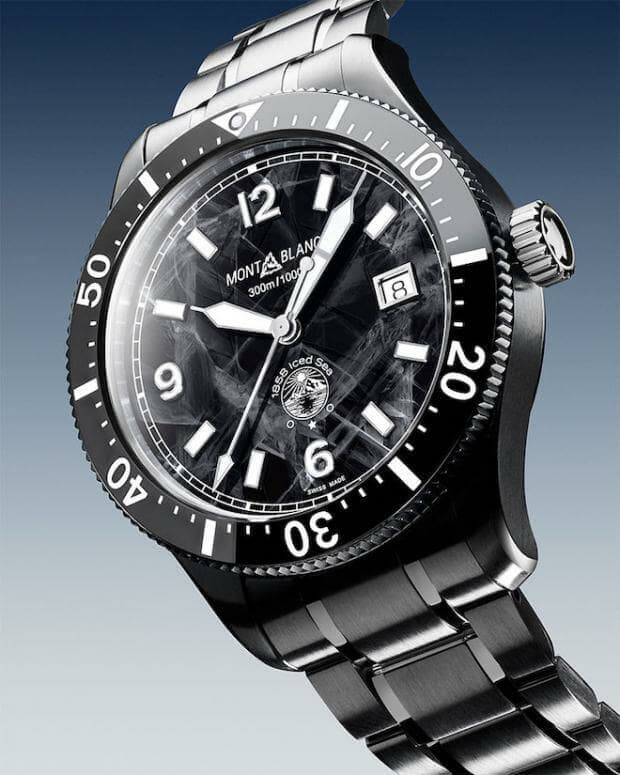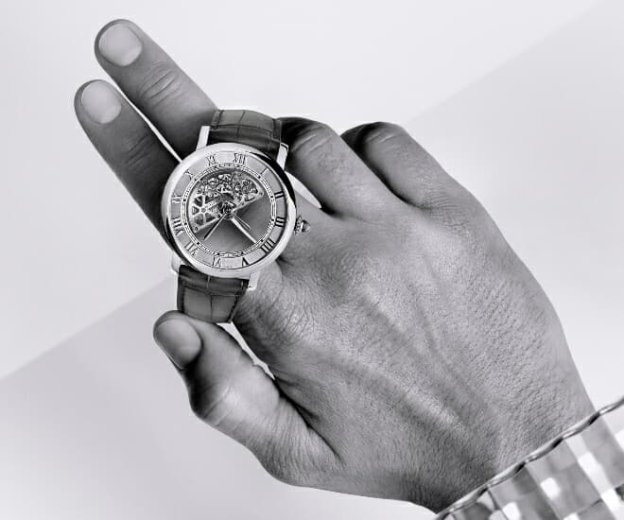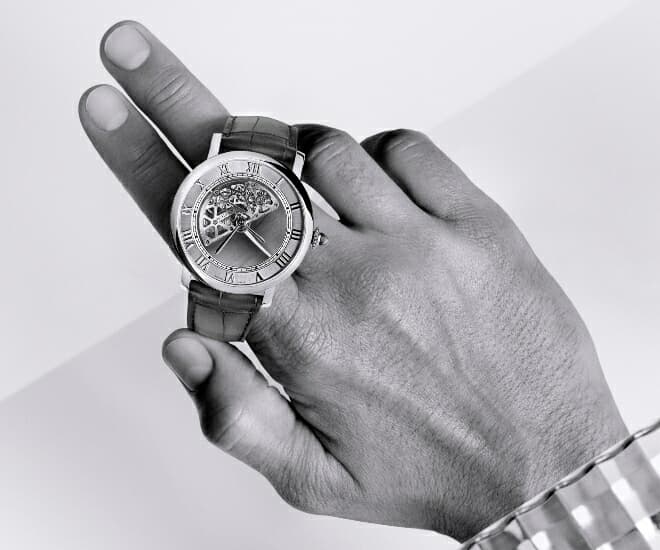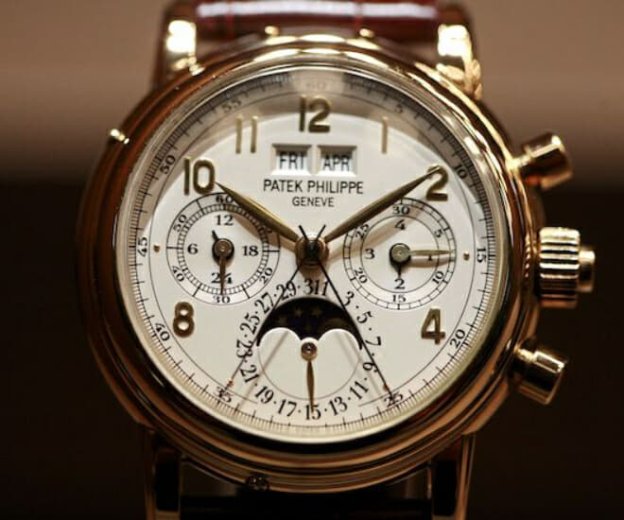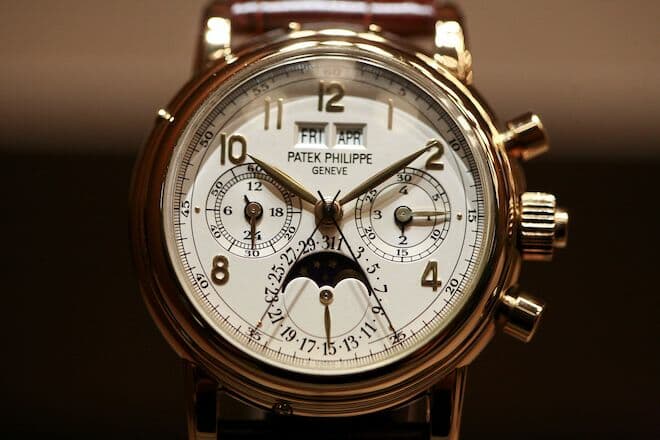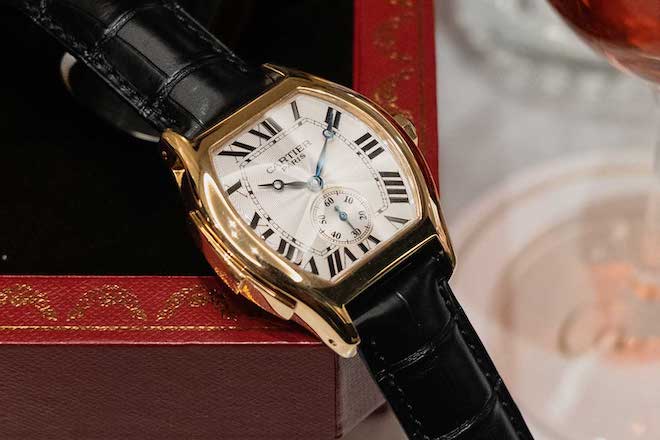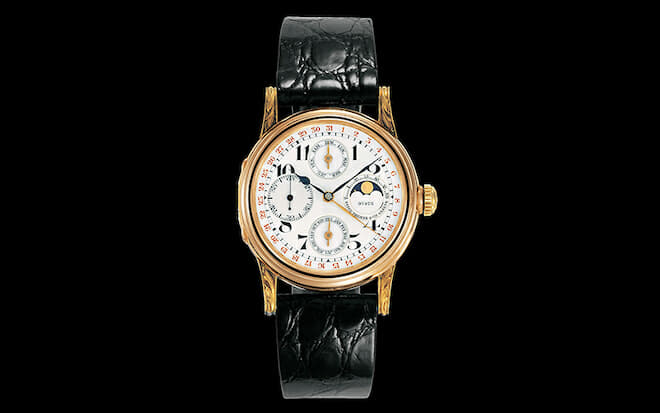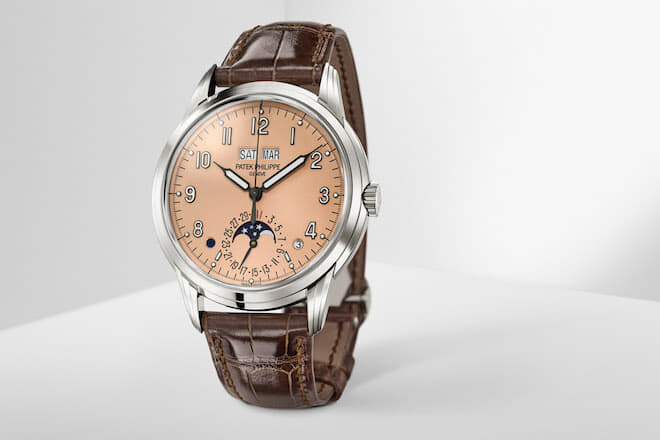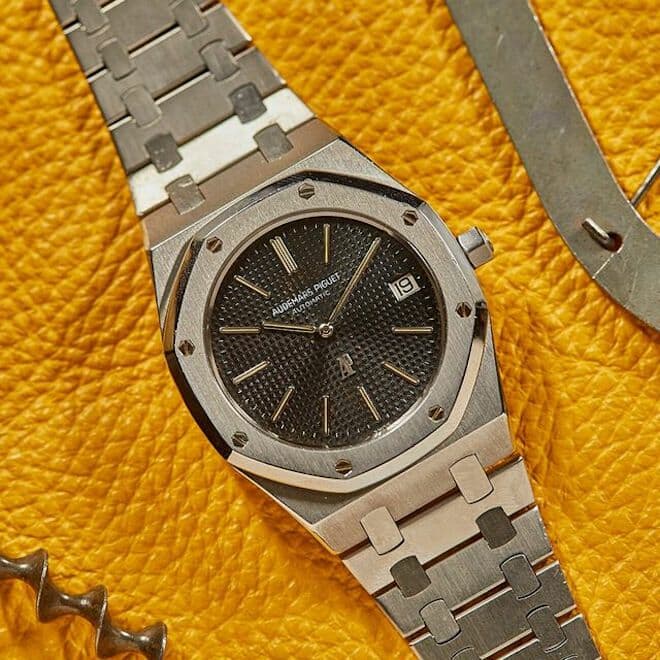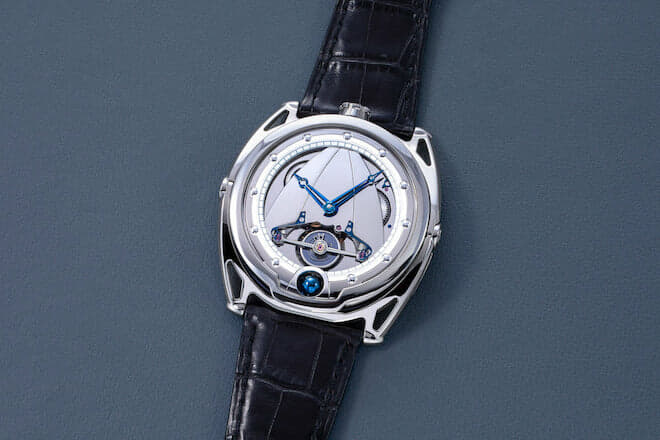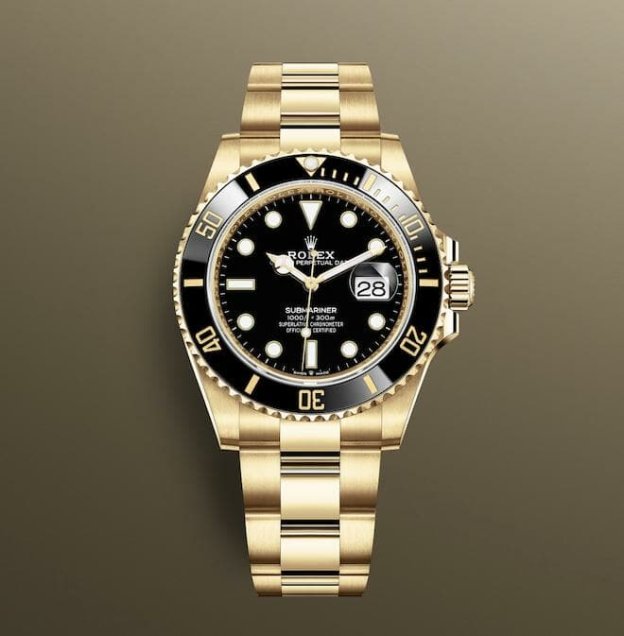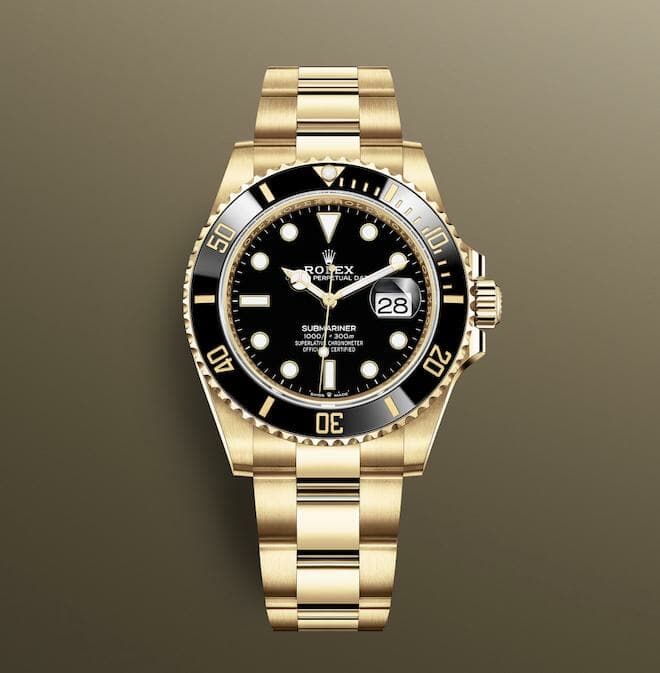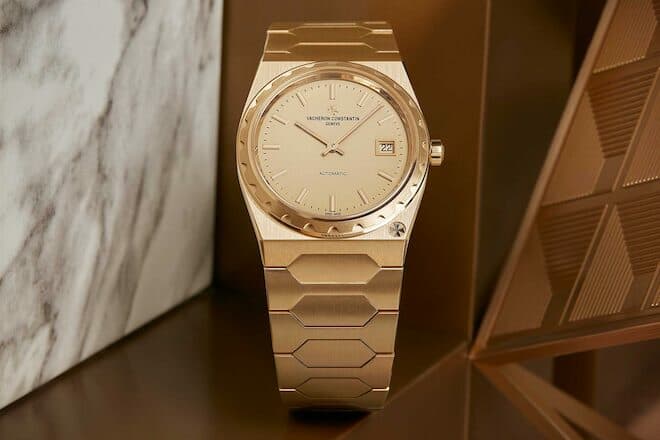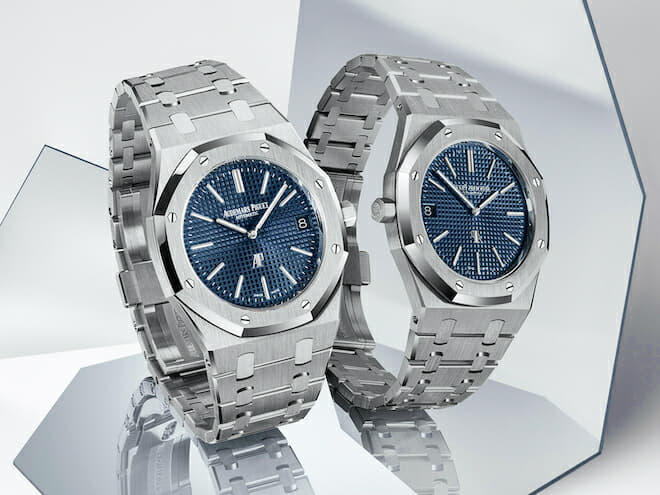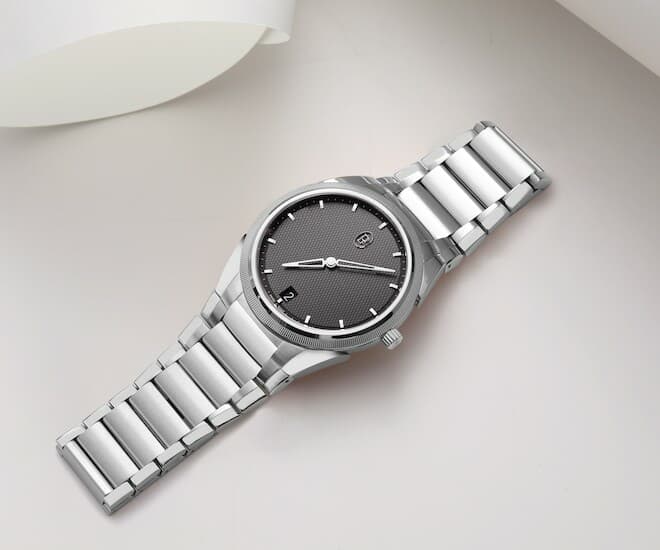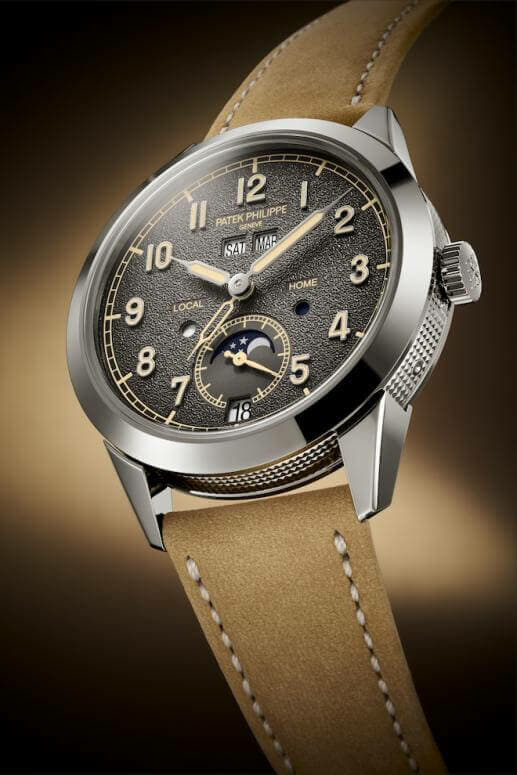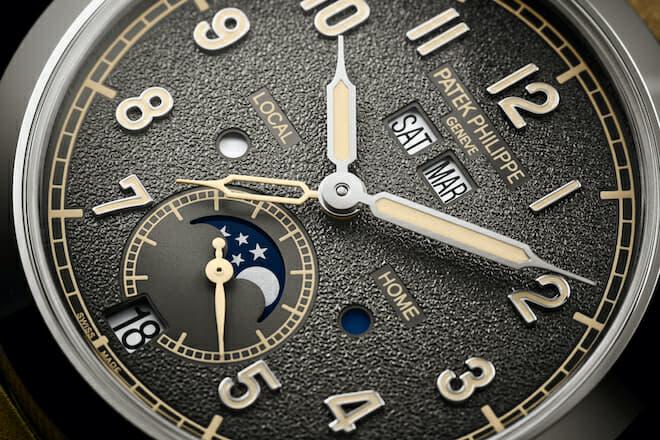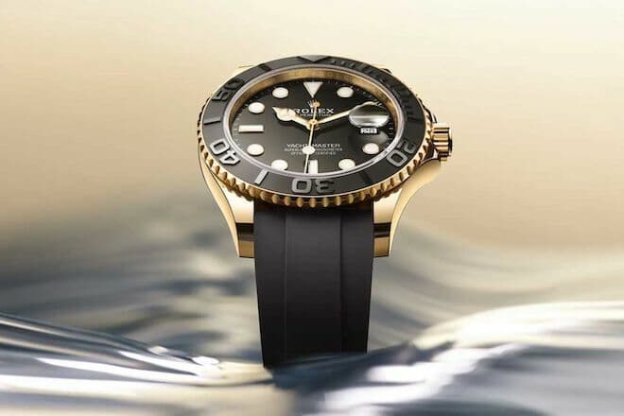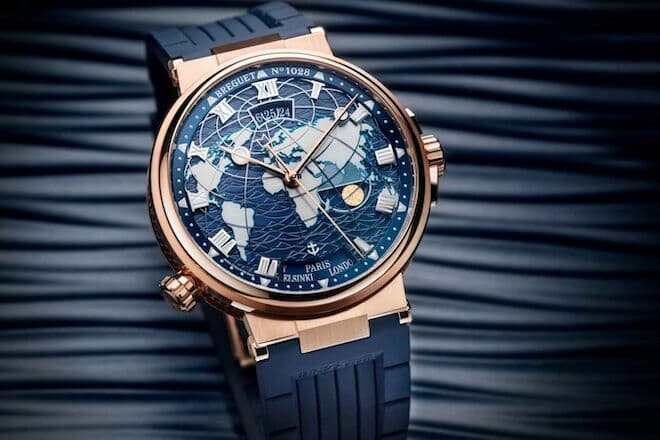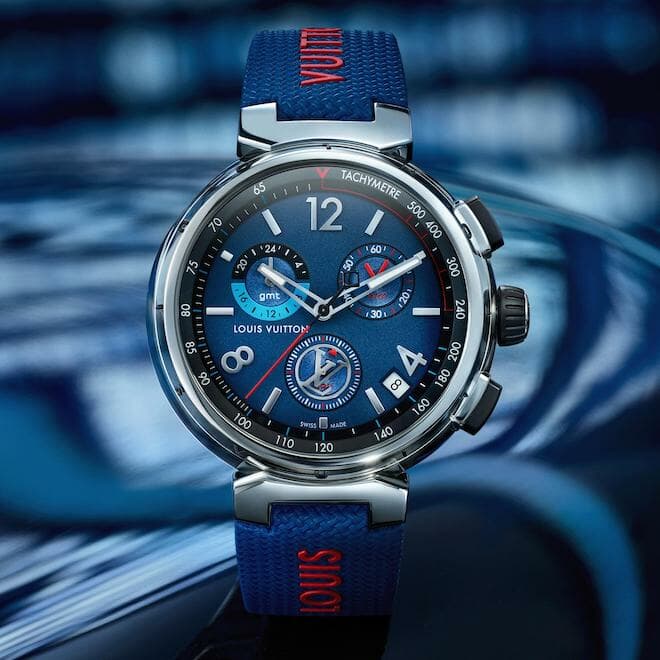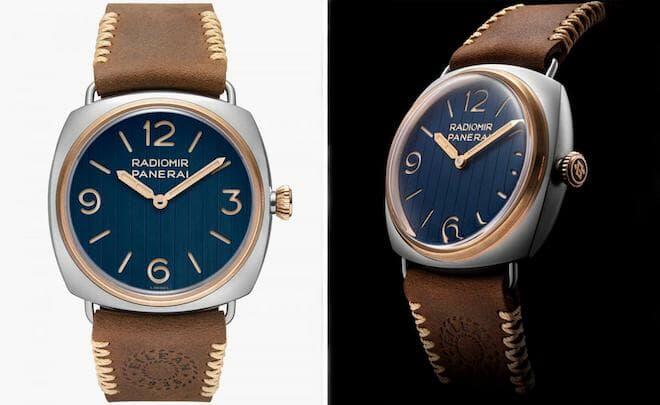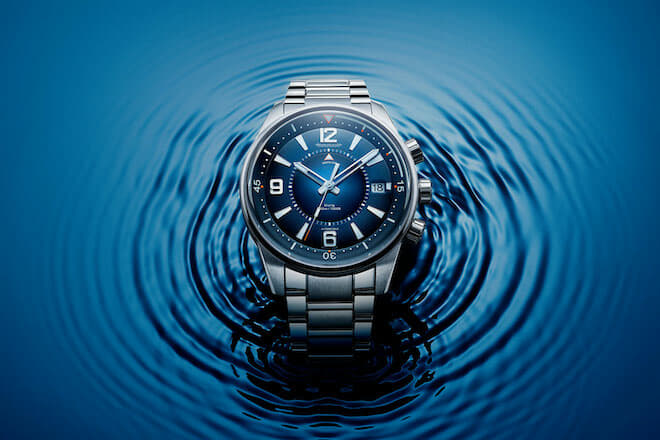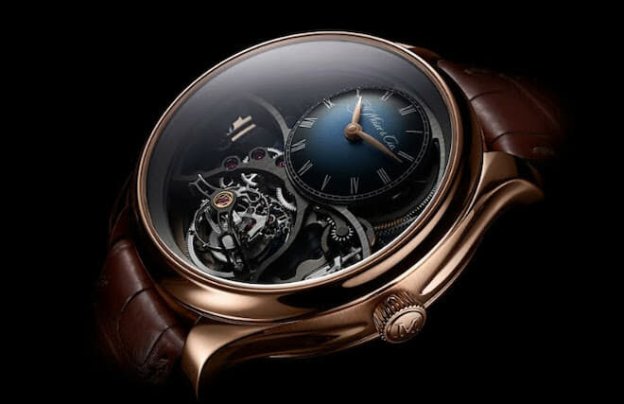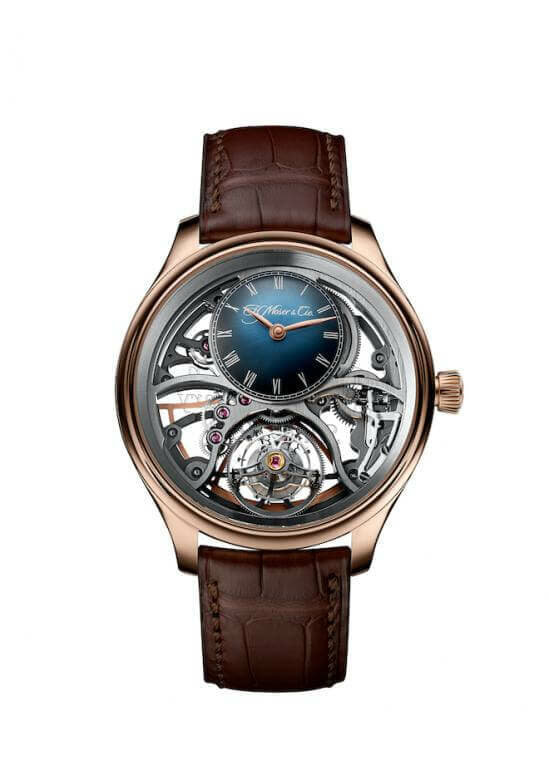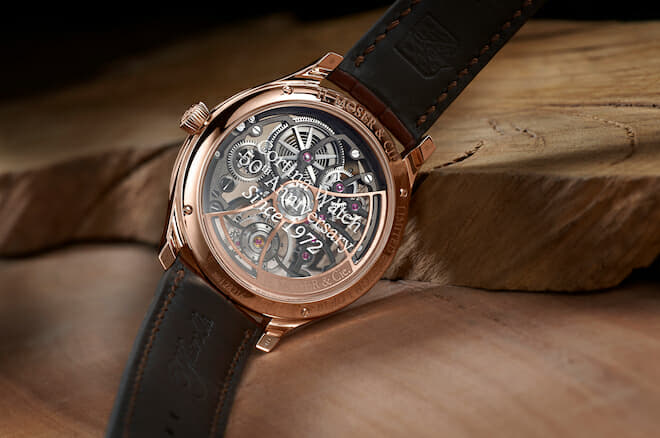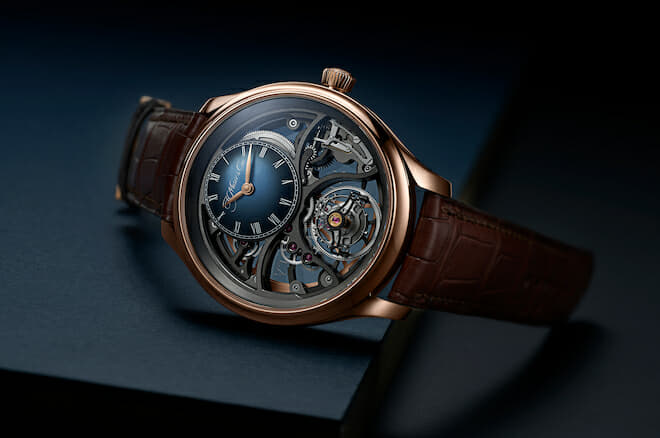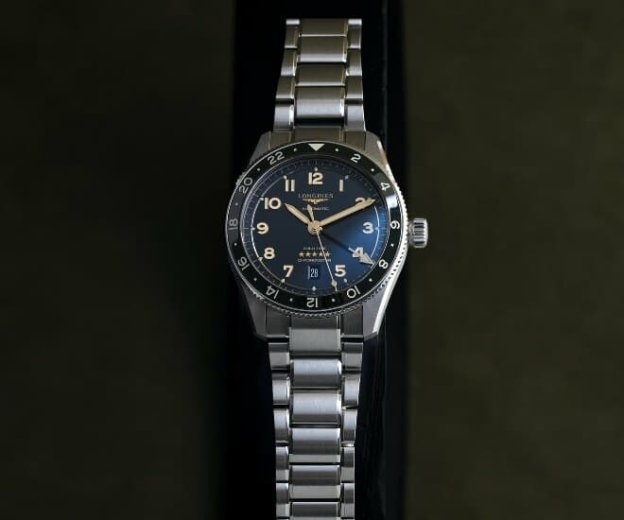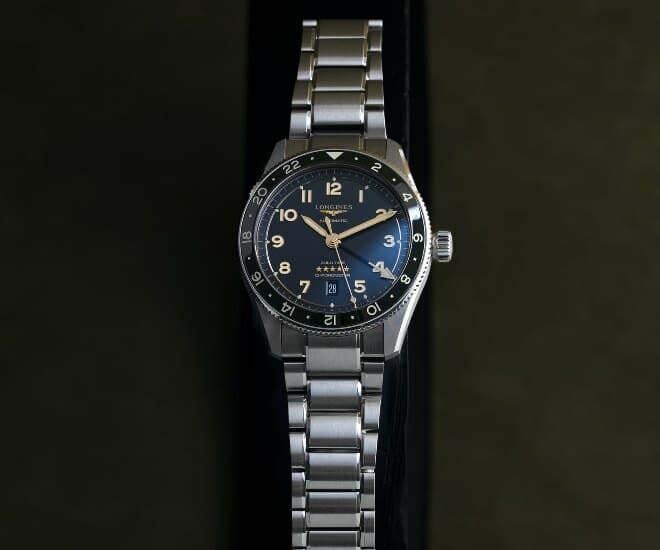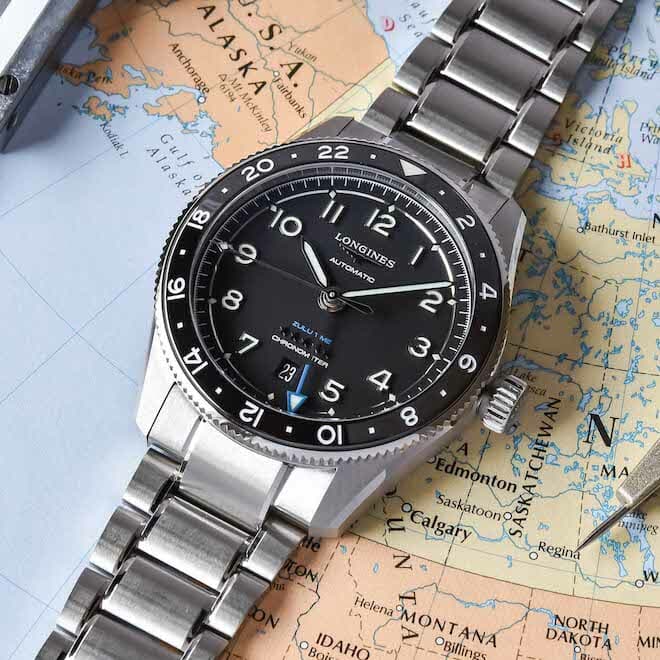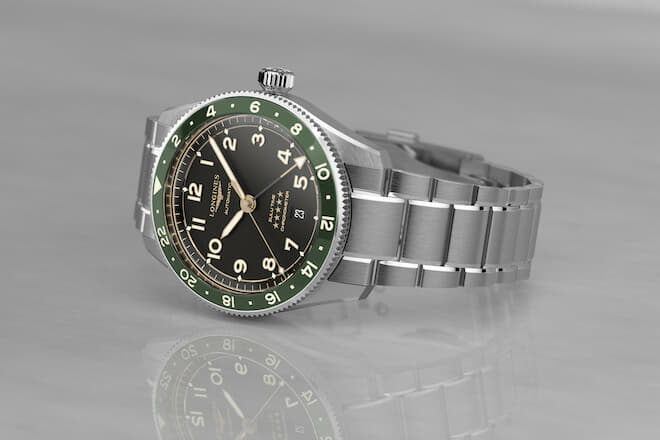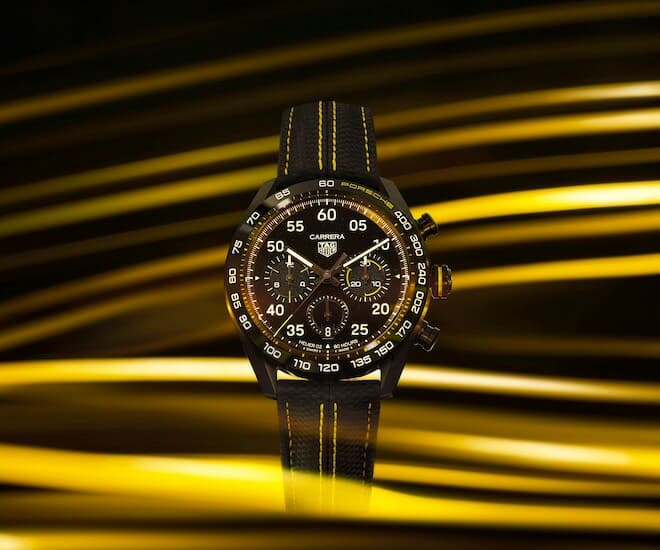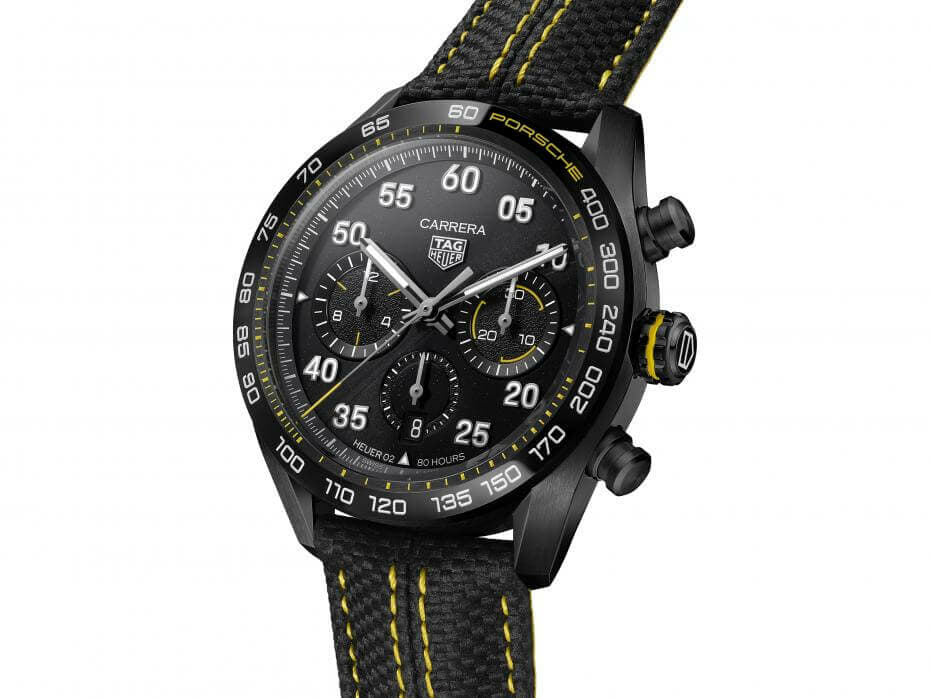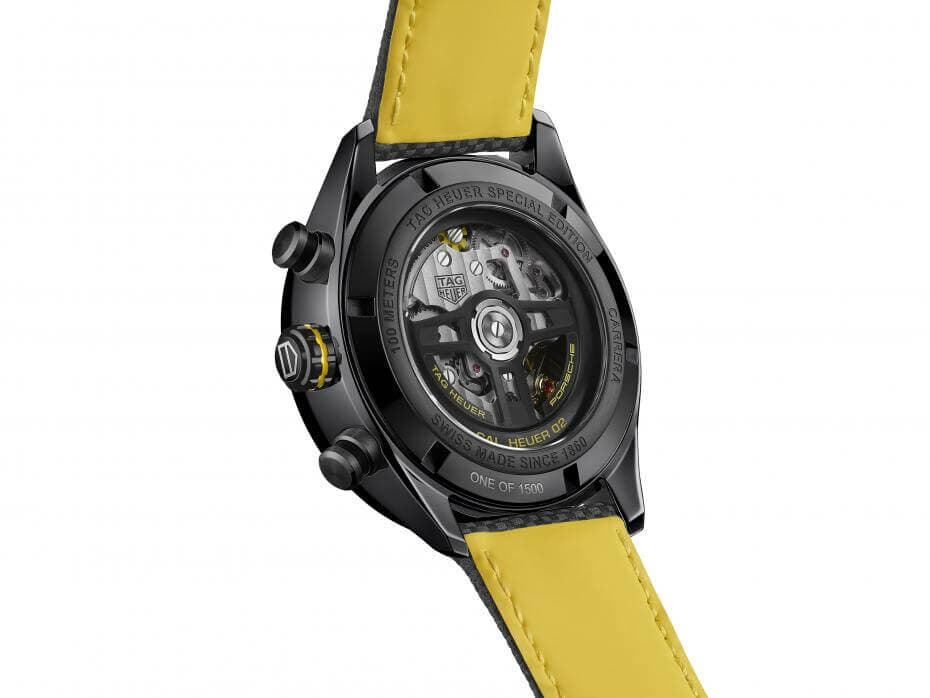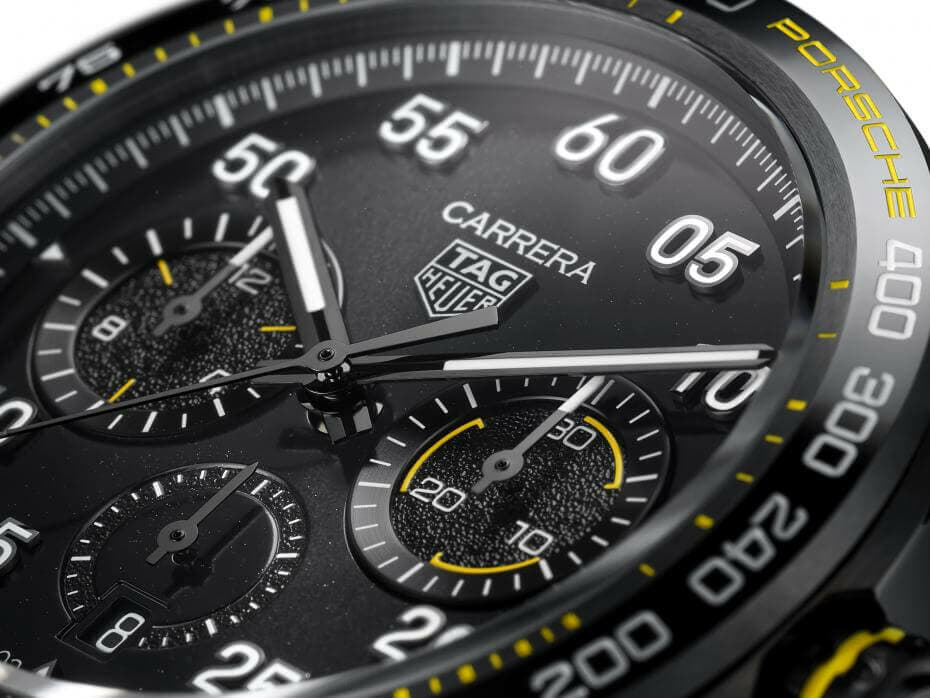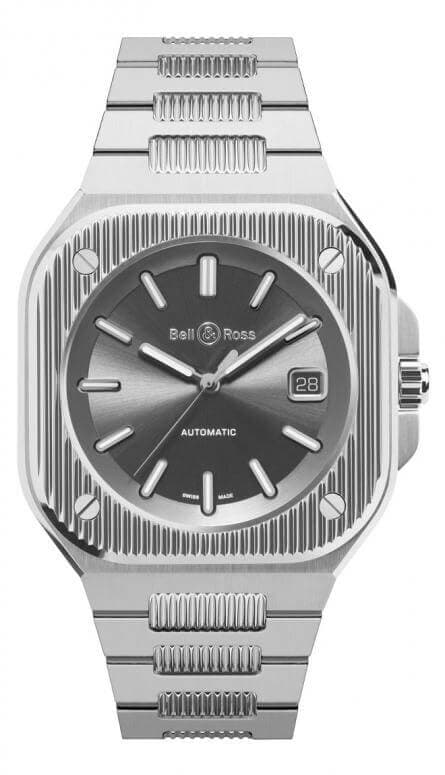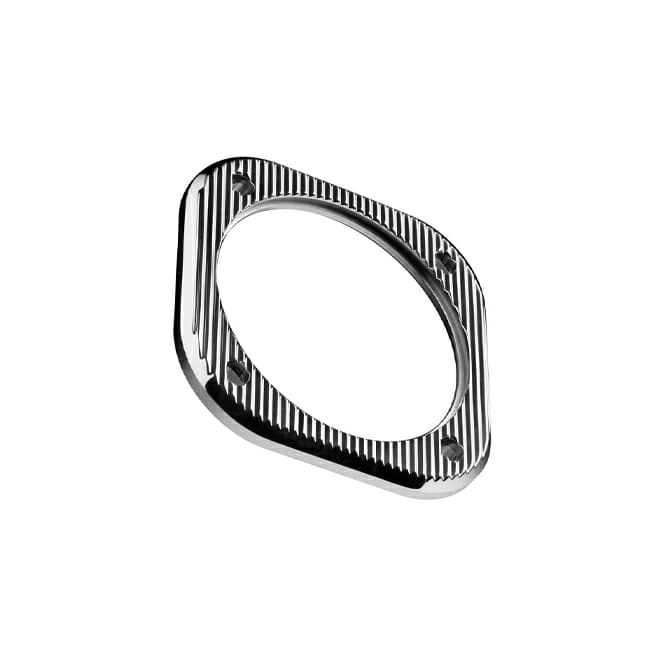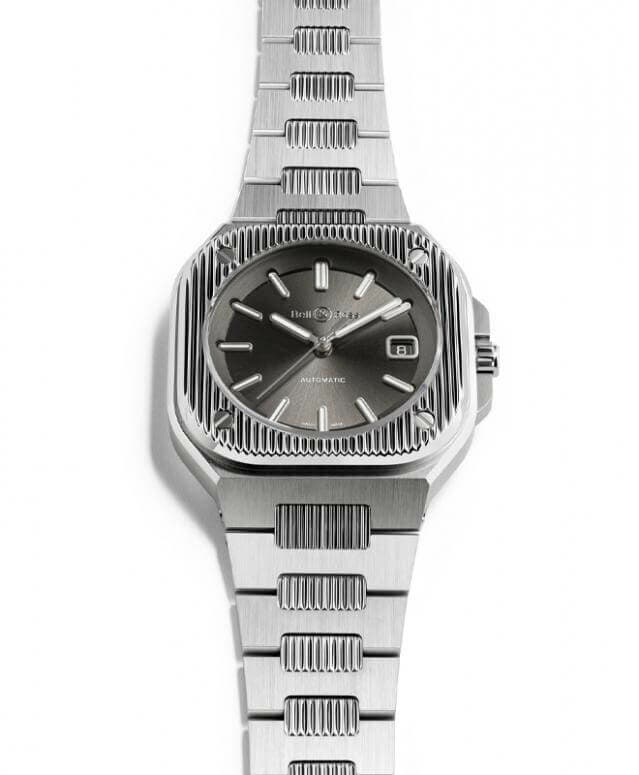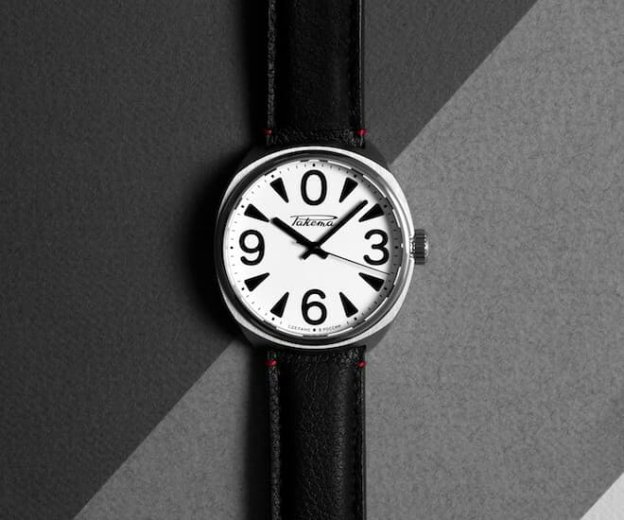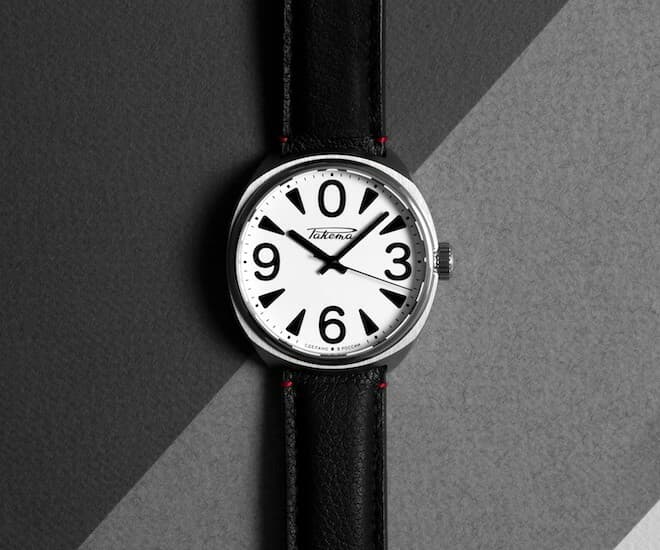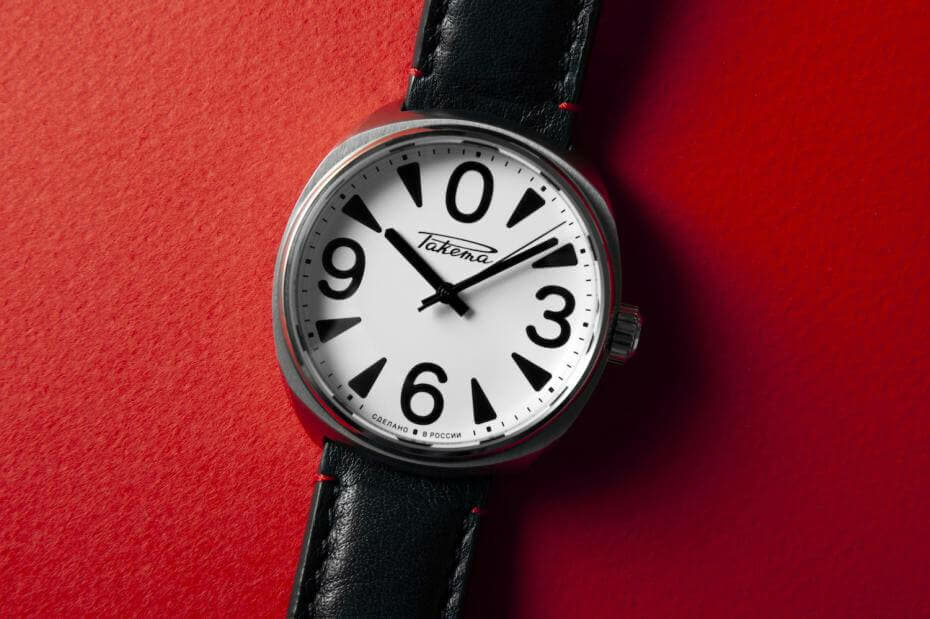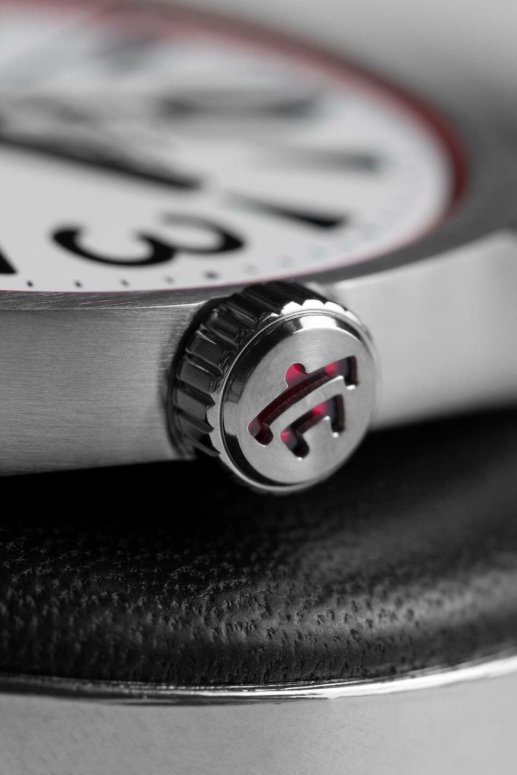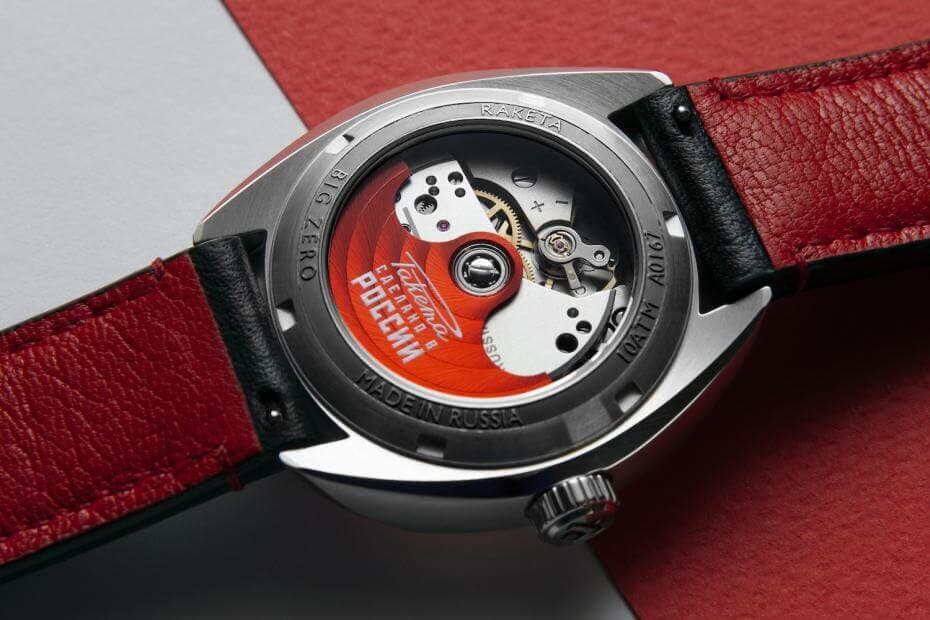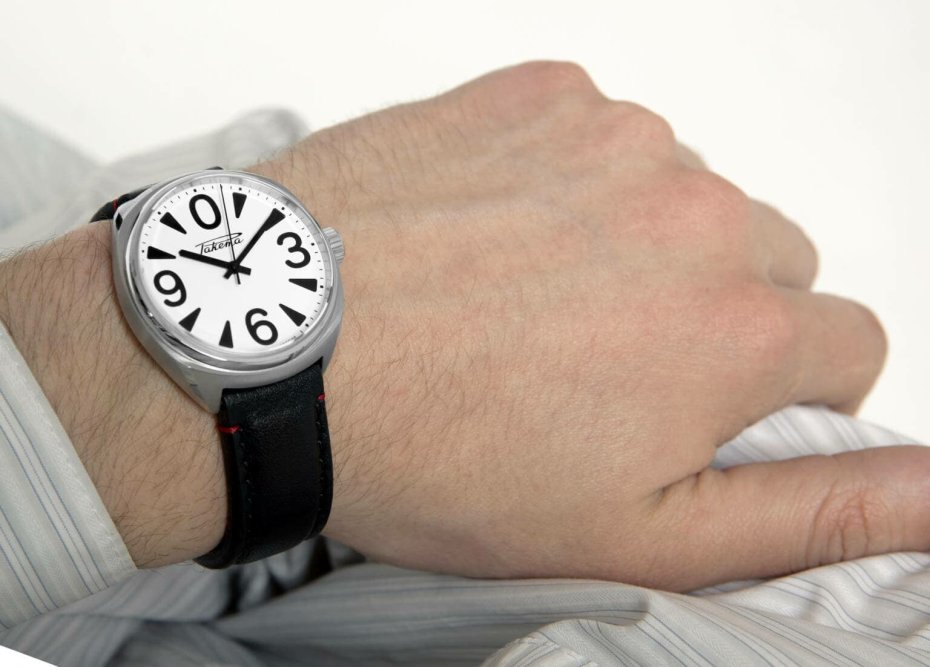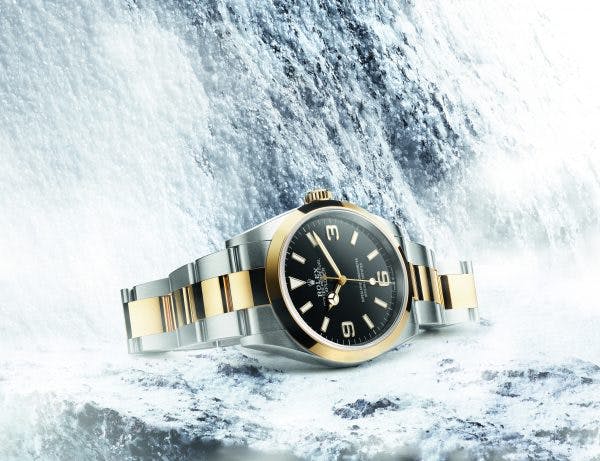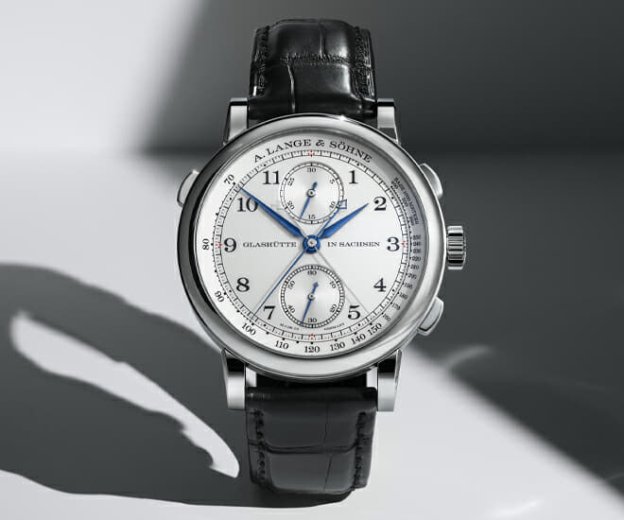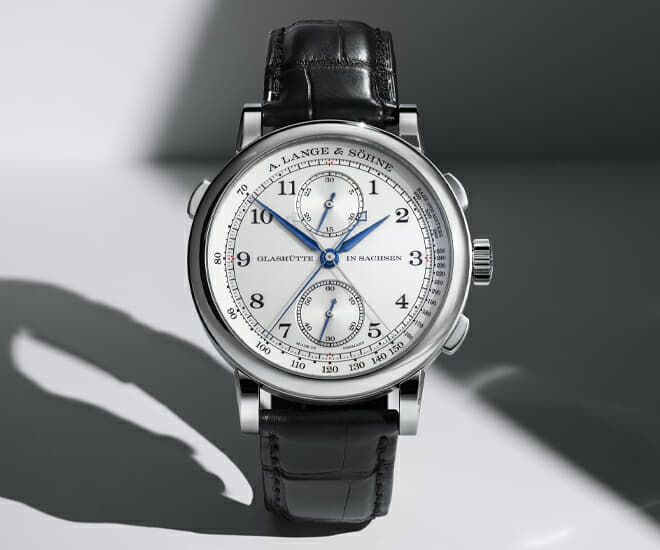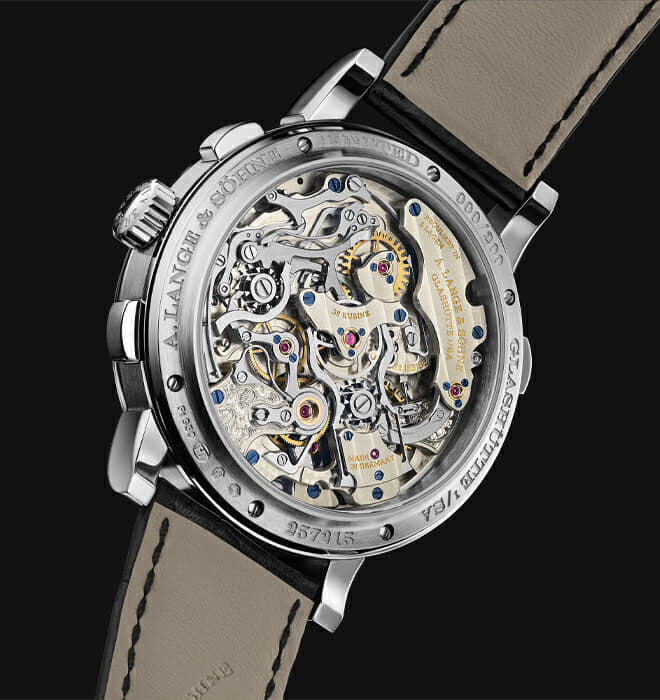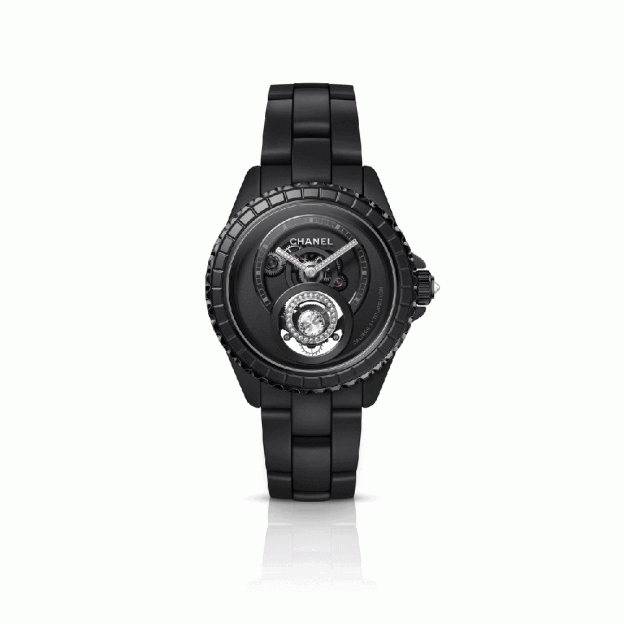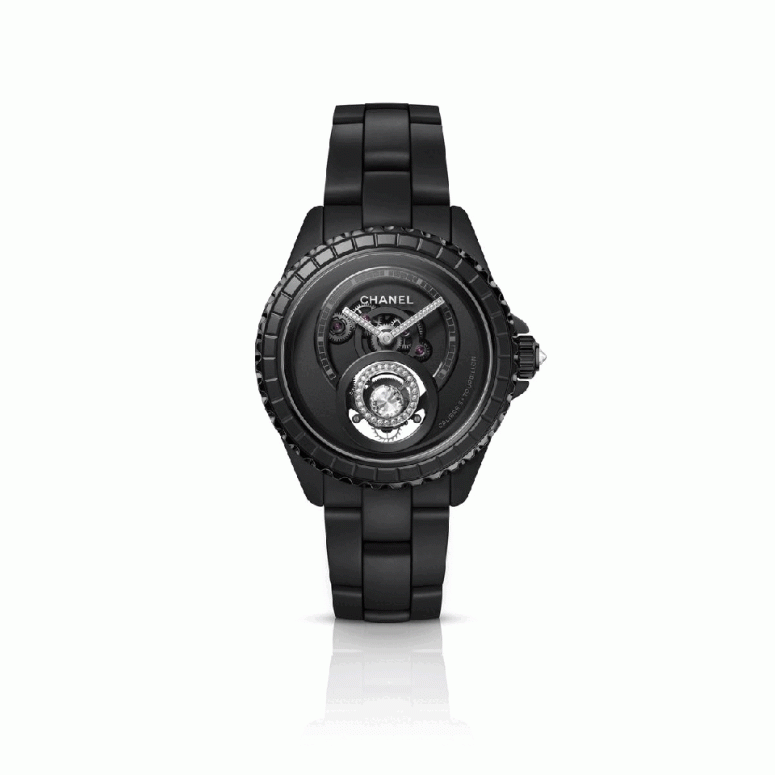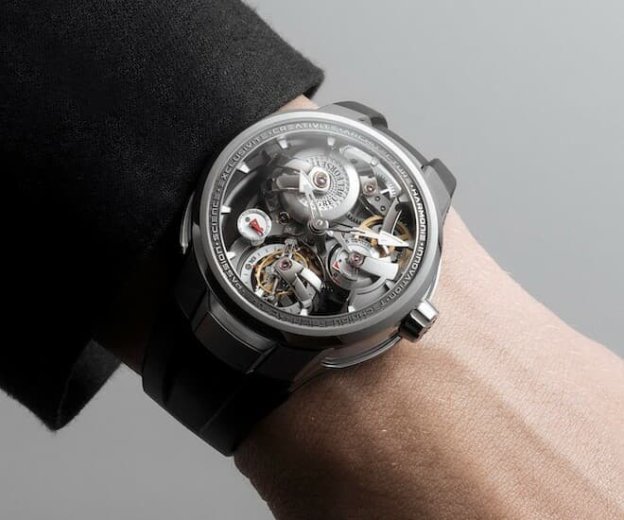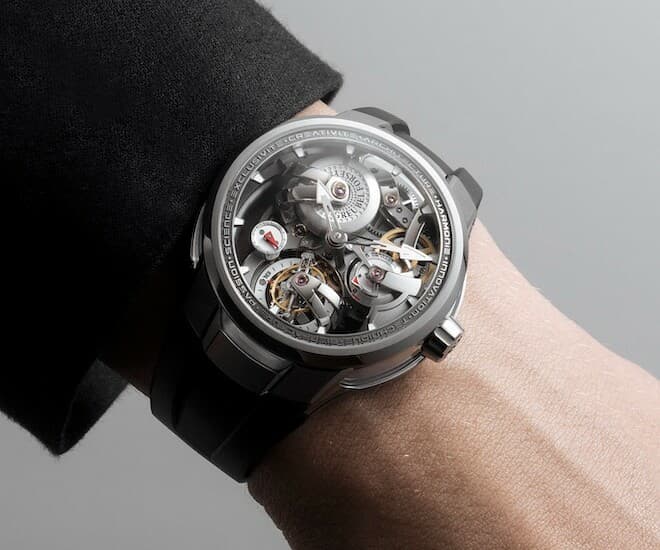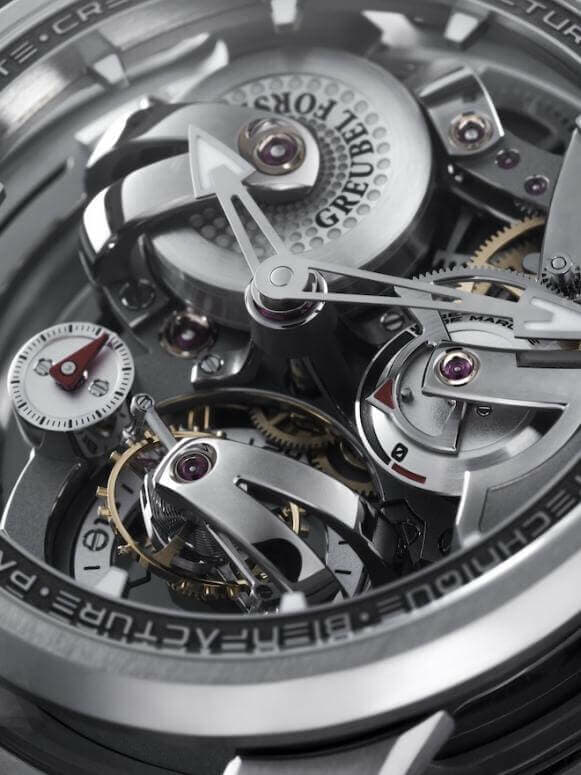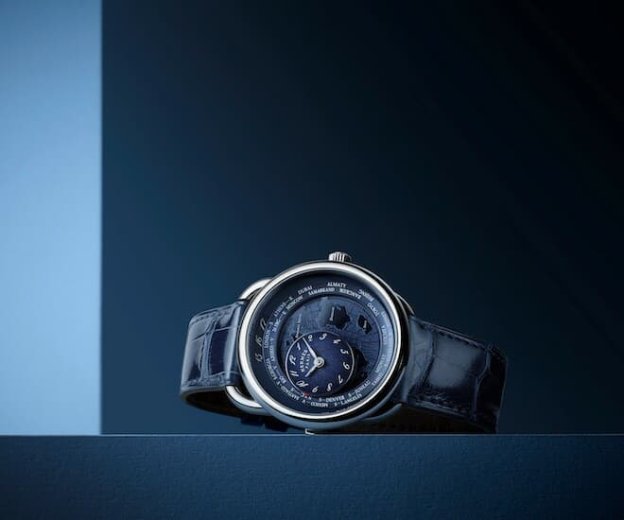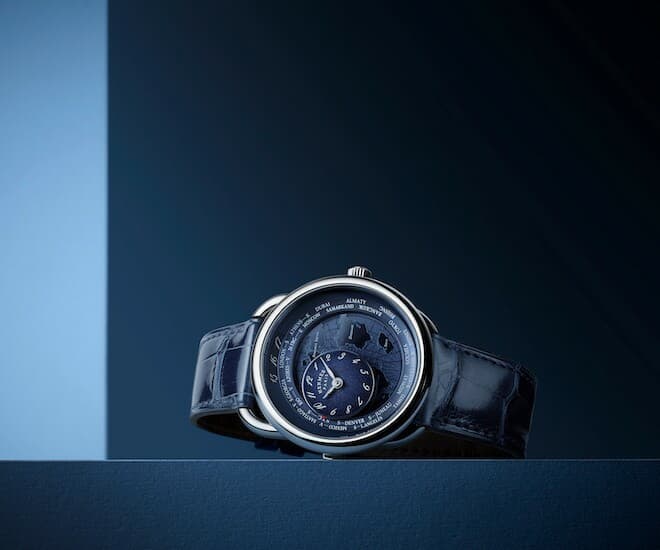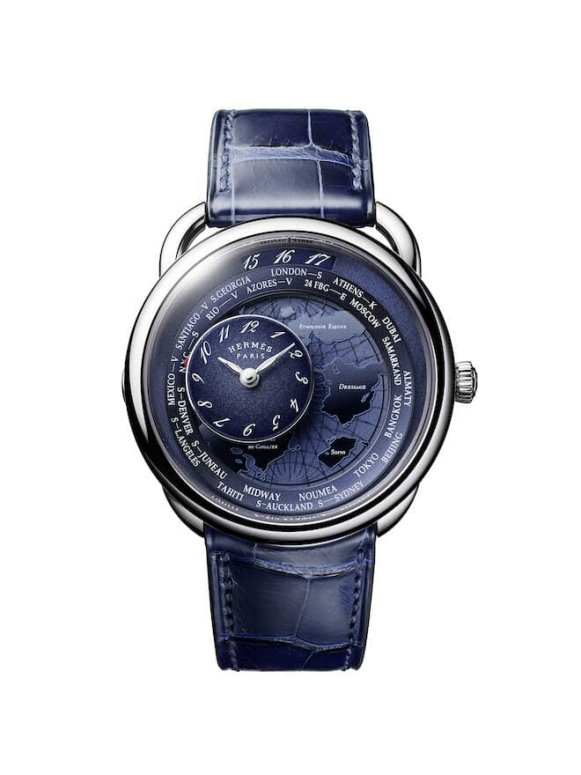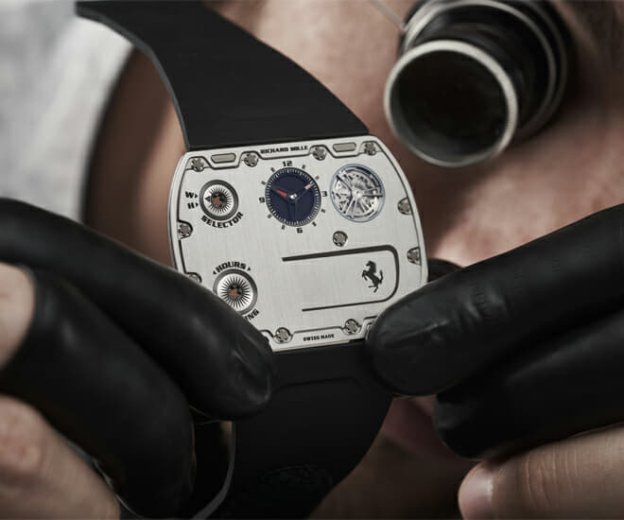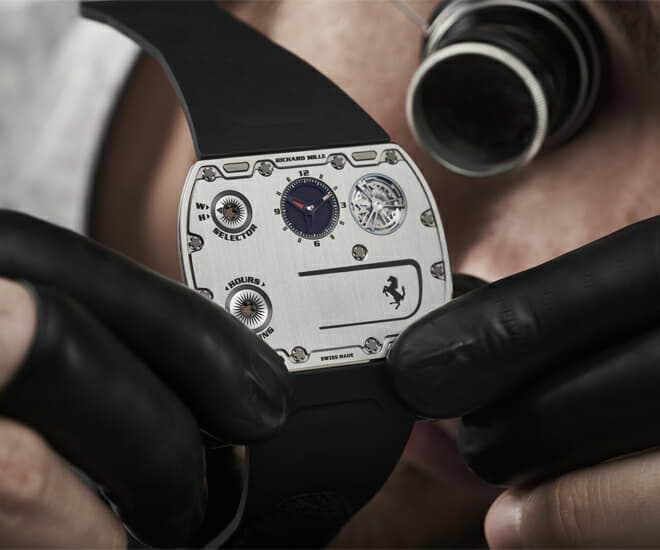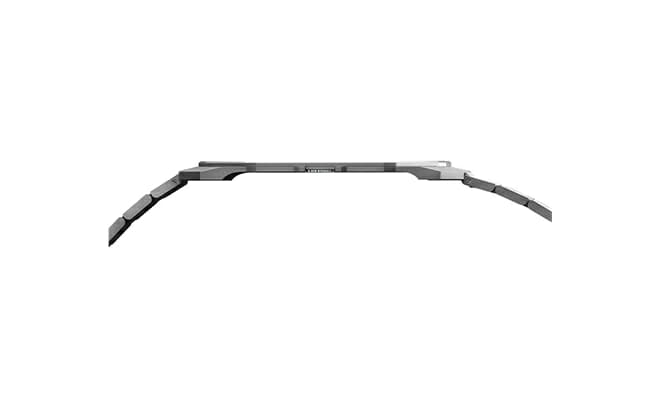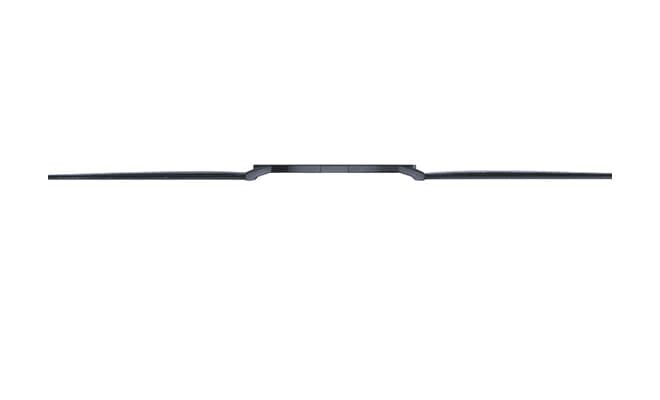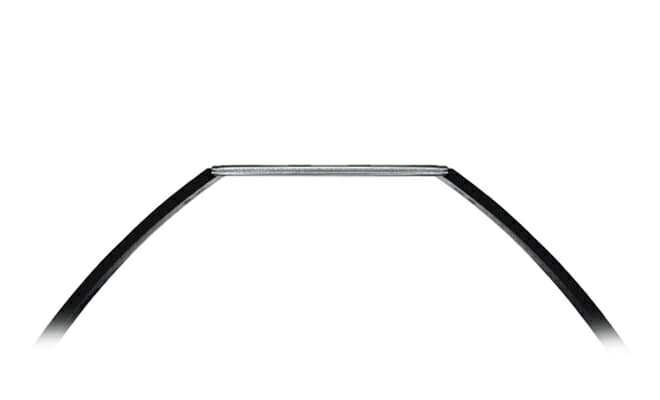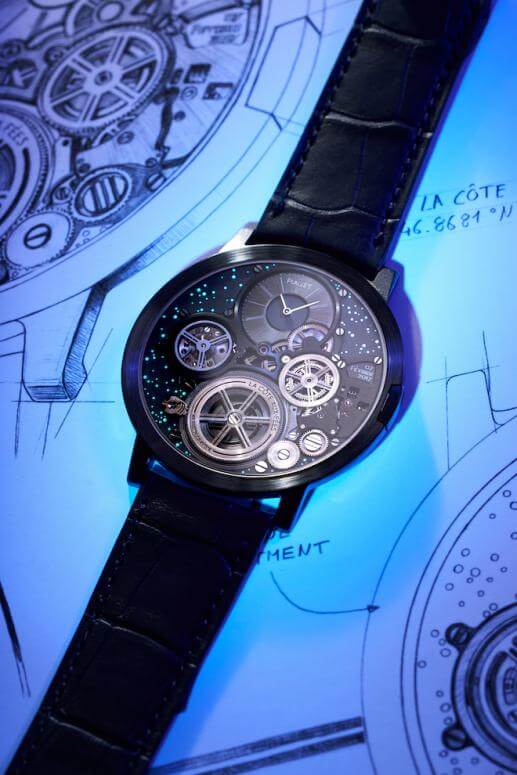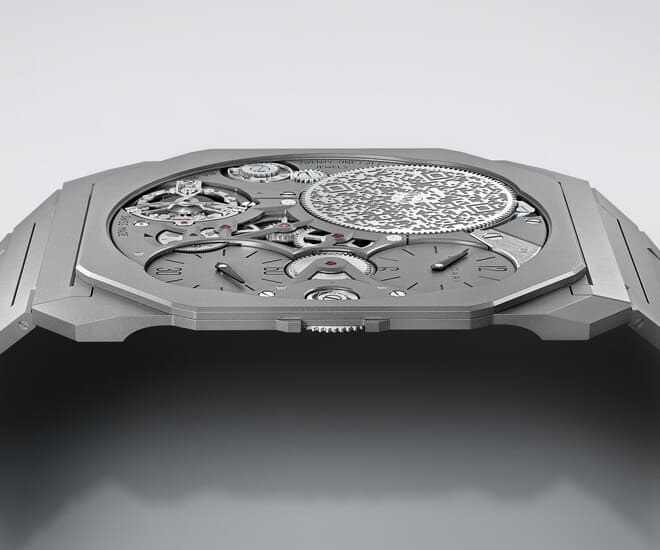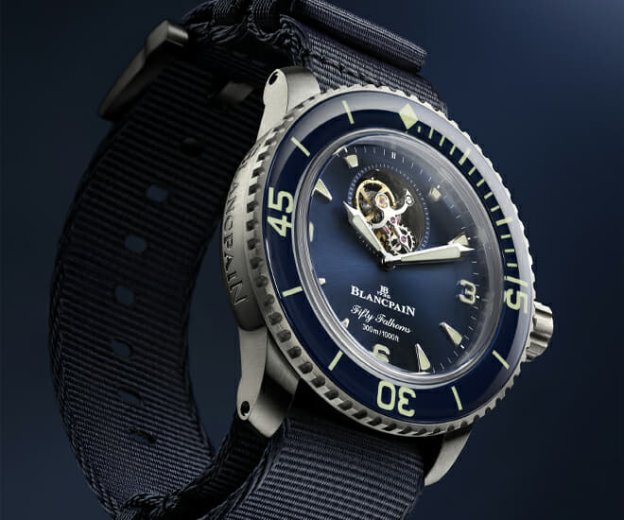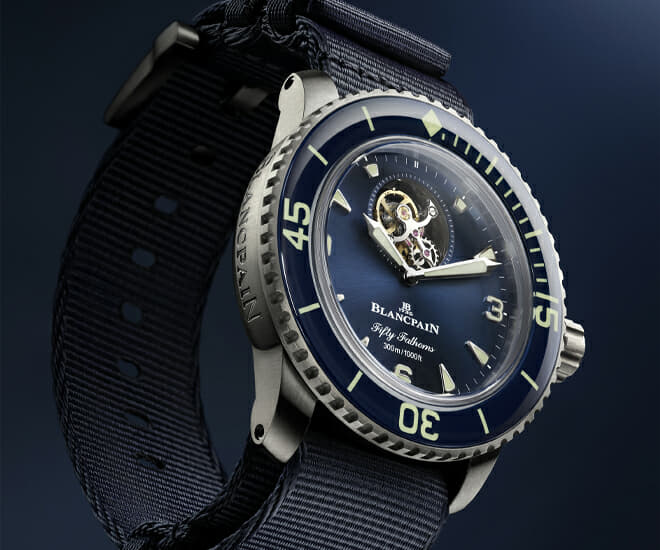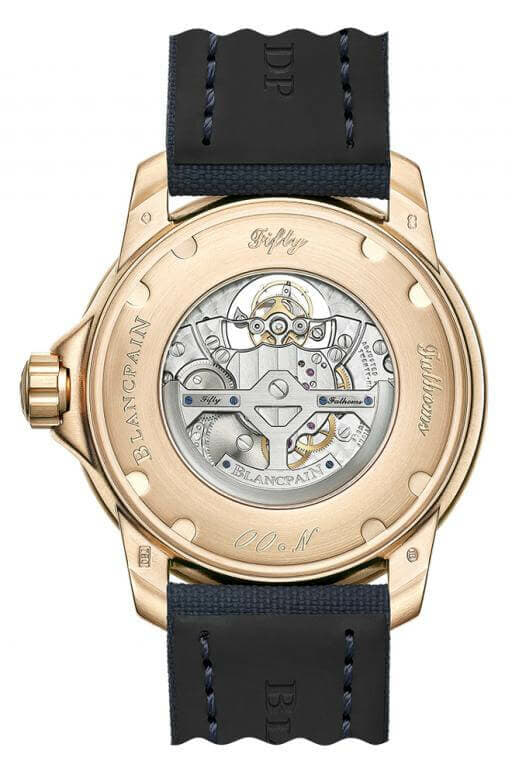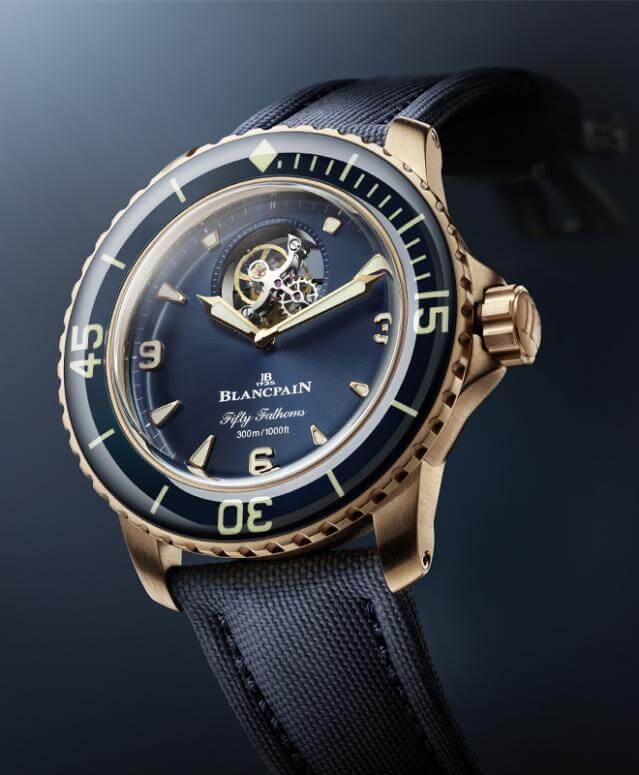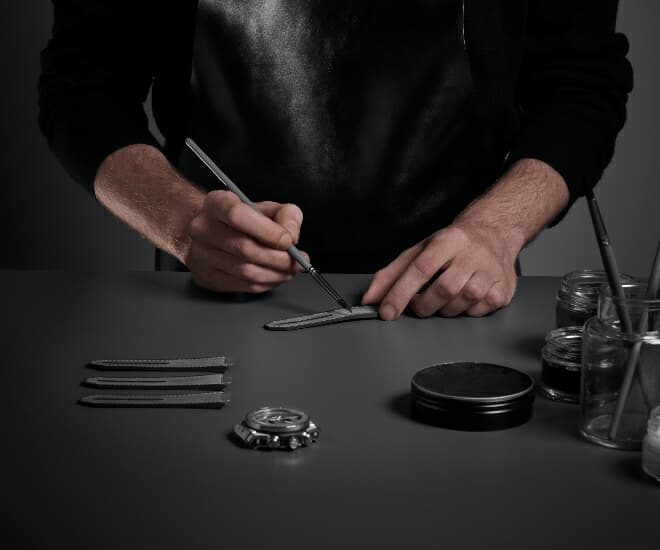
Luxury watch brands are beating new paths to continue to appeal and cater to the market’s changing tastes while anticipating these shifts. One of these paths sees watchmakers pair up with haute couture designers and old-school artisanal craftsmen, as well as their own retail partners. More or less, we are seeing storied watchmaking brands collaborating with different players from all walks of life to create magnificent timepieces. Today, luxury watches are considered artistic time-telling devices equipped with the finest elements one can hope for, but where the focus on details, including finishing techniques, and technical intricacies are equally important.
Through the art of collaboration, luxury watch brands are bringing something special to their collections, especially in terms of vivacity. To put it another way, the mechanical artwork of watchmaking is being given an intriguing design makeover. This is how the world of watches functions, where a few collaborations are a nod to commemorate long-lasting relationships.
Big names in luxury such as Chanel, Gucci, Hermès and Bvlgari have all invested in developing and manufacturing excellent mechanical watches. According to Eric Wind, the seasoned and much-cited watch expert and owner of Wind Vintage, “There is a long history of ‘fashion brand watches’ but in recent years these fashion maisons have tried to shed that label to make more serious mechanical watches. These are brands that have massive and loyal followings, so their watches can often serve as an important “gateway drug” to serious mechanical watches from the traditional watch manufacturers.”
On the other hand, it is also a positive development that their investments in watches have been welcomed by the watch industry. In this very issue, we look at celebrated offerings from Chanel and Hermès from Watches & Wonders 2022, where they more than held their own against traditional fine watchmaking brands. As for Bvlgari, anyone who doubts the brand’s watchmaking chops need only look to the 10-year saga of the Octo, and the resulting thinnest of all watches this year. We dare say these brands have enriched watchmaking, and created entirely new markets for everyone.
Will All Luxury Watch Brands Follow Suit?
Now the next big question is whether all luxury watch brands will follow what is now clearly more than a trend. “Not all luxury watch brands will follow suit — I don’t think we will see Rolex or Patek Philippe teaming up with Supreme anytime soon,” said Wind. ”Although many other watch brands would be thrilled to be able to offer a watch with Supreme on the dial. But even Patek Philippe has a long history of selling watches at Tiffany & Co. in NYC and the limited Nautilus reference 5711/1A with a Tiffany blue dial (above) could be described as a great collaboration in a sense — with the watch retailing for about US$52,000 and with a secondhand market value of $4 million.”
Since there is a huge market out there for collaborations like this to take place in one form or another, the future certainly looks promising. As Alison Bringe, the CMO of Launchmetrics, pointed out, “Given the recent success of the collaborations, we can expect to see a continuation of partnerships between luxury watch companies and fashion brands, especially as brands work towards building unique and innovative experiences for their consumers. Brands aiming to get into partnerships must have a clear understanding of the purpose for the collaboration in order to build an effective partnership. These can be from increasing audience engagement, garnering more visibility, penetrating into a new market to overall enhance their brand performance.”
Patek Philippe X Tiffany & Co.

Perhaps the most famous double-signed watch of the 21st century (so far) is the one that marked the 170-year-old alliance of Patek Philippe with its retail partner Tiffany & Co. You know the watch, of course, and not because you can see it right here. For the sake of doing our jobs properly, we are referring to the Tiffany Blue Nautilus Ref. 5711/1A-018. While the hype and the specific aesthetic appeal of the watch can be debated, it cannot be denied that by simply harnessing the mesmerizing effect of pastel colours, Patek Philippe penned the opening lines of a new chapter in watchmaking. Yes, pastel dials can also be symbols of power and prestige. And it was really visible with Leonardo DiCaprio spotted wearing it at a courtside basketball game this year, while Ed Sheeran had to wait for his — he might still be waiting.
For those for whom power must be absolute, Bernard Arnault’s Tiffany Blue Patek Philippe Nautilus Perpetual Ref. 5740 must be incontrovertible evidence. This watch also serves as a reminder that Patek Philippe has been collaborating with TIffany & Co with double-signed watches for some time; in fact, the Geneva watchmaker has a number of vintage offerings that it made exclusively for a variety of retail partners, some of whom are no longer in business.
- READ MORE: Patek Philippe Goes Tiffany Blue
Hublot X Berluti

Hublot has always been known for its exceptionally eccentric designs, and a plethora of distinctive collaborations. It likes to surprise watch enthusiasts in a myriad of ways that are difficult to fathom. Last year, Hublot celebrated five years of partnership with the French leather maker and fellow LVMH brand Berluti with a new 100-piece limited edition of the Big Bang Unico. The 44mm Big Bang Unico Berluti Aluminio is a timeless watch that celebrates the wonders of leather.
On the whole, the splendour of Venezia leather has been exquisitely brought to life by its use on the dial, bezel and strap of the Big Bang Unico Berluti Aluminio (the watch itself is in titanium; aluminio is a shade of proprietary leather used by Berluti). While the dial is indeed in this same leather, with some neat watchmaking handiwork making a portion of the Unico calibre visible, the real signature here is the leather insert used on the bezel. This is both unexpected and seductive, with the exposed leather expected to acquire the same patina as the leather of the strap over time. The watch comes in a special case with a travel pouch, and a shoehorn key ring with the Berluti logo.
Audemars Piguet X Ralph & Russo

Le Brassus watchmaker Audemars Piguet is committed to fostering dialogues across creative fields so its collaboration with British couture fashion brand Ralph & Russo is fitting. The idea was to put a new spin on existing watches via curation, with the ladies’ Royal Oak Concept Flying Tourbillon taking centre stage alongside four 34mm time-only Royal Oak models. With the Royal Oak Concept available in pink or white gold, its case has been given a shimmering frosted gold finish with a contemporary dial composed of multiple layers. Powered by the hand-wound calibre 2964, the flying tourbillon highlights the perfect symmetry between tradition and modernity. The blue alligator leather strap of these two spectacular models gives them an elegant contrast. While you might think of this as Audemars Piguet watches making a guest appearance in a Ralph & Russo show, because there are no real watches, the meaning is implied.
Asked how beneficial such collaborations are, Wind explained: “These collaborations have been very dynamic and brought new energy to watch brands – and seemed to have helped sales and raise brand awareness among fans of these clothing brands. I think these collaborations and partnerships are about more than just increasing sales of highly-sought after models by producing them in limited-editions, but are about making cool and desirable watches at the end of the day.”
- READ MORE: Watch Buying Guide: All About Dials
Tudor X Marine Nationale

Tudor watches are loved by adventure seekers since they are designed to be beautiful tools that can take a beating. For this very reason, the Marine Nationale of the French Navy has been a big admirer since the 1950s when the Swiss luxury watchmaker became its official supplier of dive watches. Rather than simply making reissues to mark that historical partnership, Tudor and the Marine Nationale found a new mission last year. To mark the occasion, Tudor developed a new 42mm version of the Pelagos called the Pelagos FXD in close collaboration with the Commando Hubert, which is the combat swimming unit of the French Navy. As we have written before, this is not a dive watch, but rather a navigational tool for use underwater. That is exactly what Commando Hubert needed, and Tudor responded. If one is looking for authenticity and true understanding in partnerships, as Bringe remarks, this one has depth to it.
Tutima X Esquivel Compass

Some partnerships evolve from shared personal tastes, rather than a quest to open new markets, and that is the case for watchmaker Tutima and leather goods purveyor George Esquivel. Based in Los Angeles, George Esquivel himself is a noted collector of fine timepieces, one of which is a Tutima he acquired in 2009. Thus, when the Glashutte-based Tutima wanted to collaborate with an artisan outside watchmaking, George Esquivel was the natural choice. Esquivel is a full partner in creating a made-to-order travel kit that includes the Patria Dual Time model, two leather straps, a leather watch holder, an overnight leather duffle bag, and Chelsea boots. All the vachetta leather elements are lovingly handmade at George Esquivel’s Los Angeles atelier, while the Tutima Patria Dual Time represents the best of Glashütte watchmaking, which the readers will know well. Esquivel himself decided on steel for the case, to ensure his clients feel comfortable wearing the watch on all their adventures
For more watch reads, click here.
